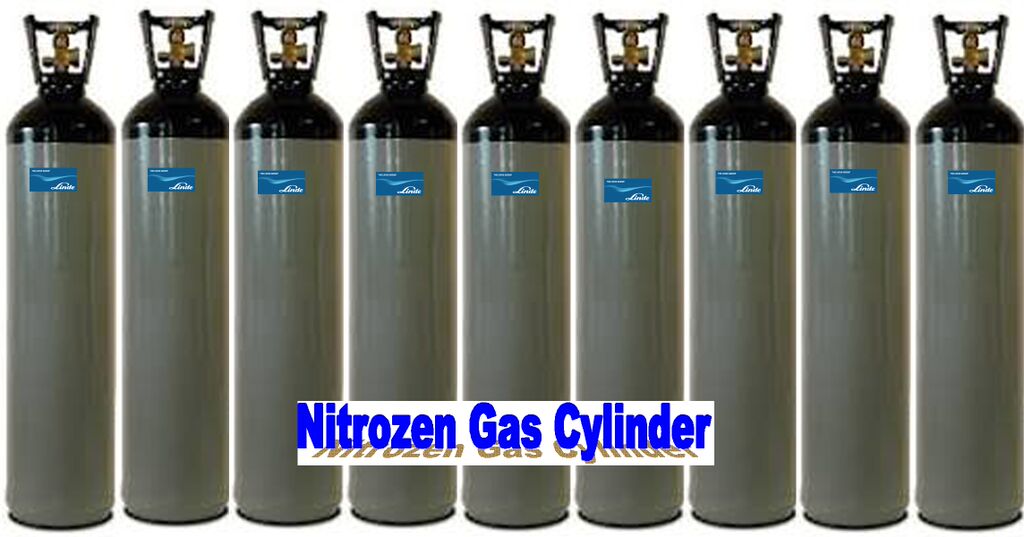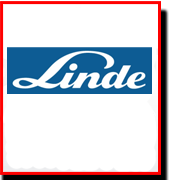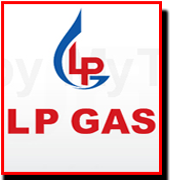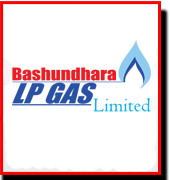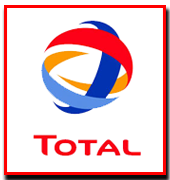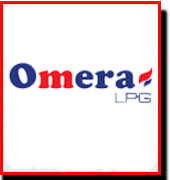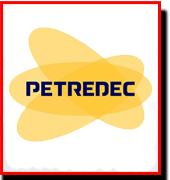Nitrogen is a chemical element with symbol N and atomic number 7. At room temperature, it is a colorless and odorless diatomic gas. Nitrogen is a common element in the universe, estimated at about seventh in total abundance in our galaxy and the Solar System. On Earth, the element forms about 78% of Earth's atmosphere and as such is the most abundant pure element. The element nitrogen was discovered as a separable component of air, by Scottish physician Daniel Rutherford, in 1772.
Applications
Nitrogen gas has a variety of applications, including serving as an inert replacement for air where oxidation is undesirable;[33] As a modified atmosphere, pure or mixed with carbon dioxide, to nitrogenate and preserve the freshness of packaged or bulk foods (by delaying rancidity and other forms of oxidative damage). Pure nitrogen as food additive is labelled in the European Union with the E number E941. In incandescent light bulbs as an inexpensive alternative to argon.[35] In photolithography in deep ultraviolet, nitrogenation is used to avoid the strong oxygen absorption of UV at these wavelengths. Dried and pressurized, as a dielectric gas for high-voltage equipment.[citation needed] The manufacturing of stainless steel. Used in some aircraft fuel systems to reduce fire hazard, On top of liquid explosives as a safety measure.[Filling automotive and aircraft tires due to its inertness[citation needed] and lack of moisture oroxidative qualities, as opposed to air. Nitrogen is commonly used during sample preparation procedures for chemical analysis. It is used to concentrate and reduce the volume of liquid samples. Directing a pressurized stream of nitrogen gas perpendicular to the surface of the liquid allows the solvent to evaporate while leaving the solute(s) and unevaporated solvent behind.

